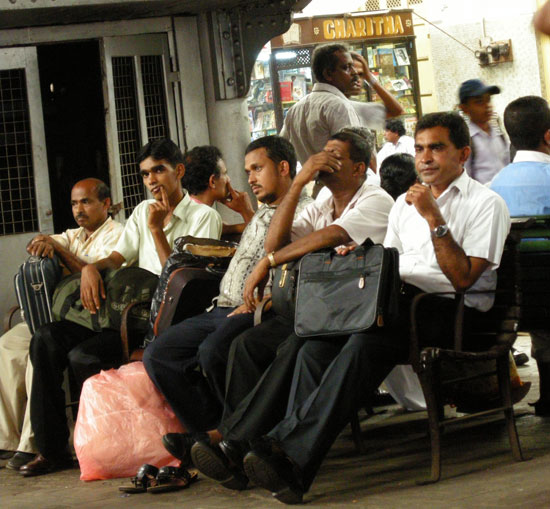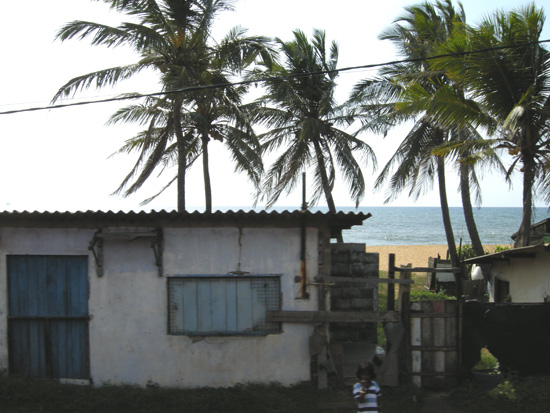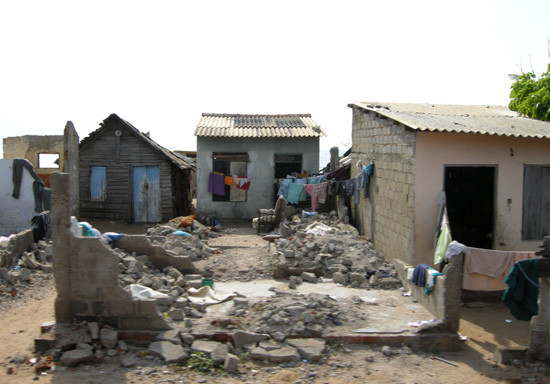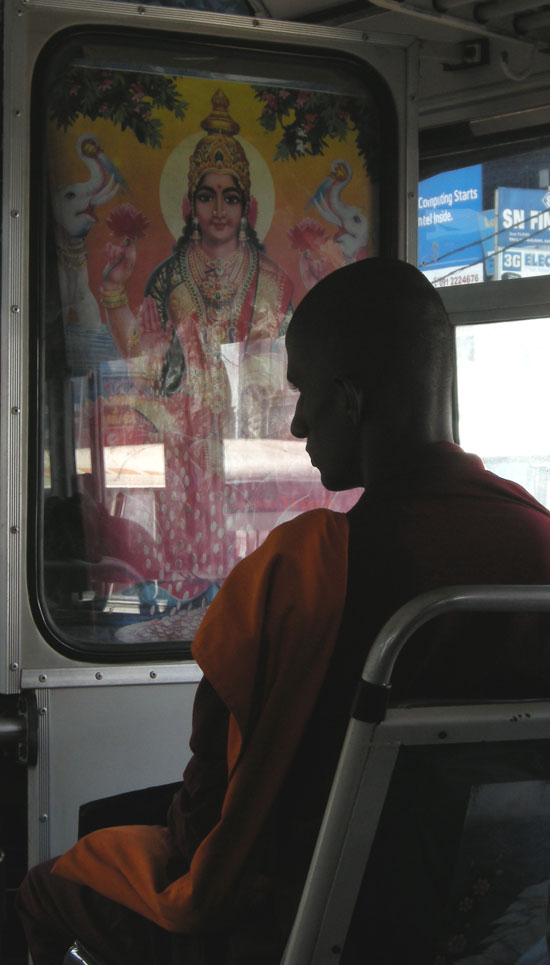Many descriptions of Sri Lanka today are of the “paradise lost” variety: What was once a stunningly beautiful island with sparkling beaches and lush jungle is now a war torn country mired in a protracted ethnic conflict. The 25-year war between the government of Sri Lanka and the rebel group Liberation Tigers of Tamil Eelam (LTTE), which has killed 80,000 people by some estimates and displaced hundreds of thousands, continues to grind on and hinders the tropical island from ever reaching its potential splendor.
There’s little truth to these descriptions, commonly found in tourist’s guides and the odd magazine piece. Death did not suddenly arrive on the doorstep of the paradise island 25 years ago. On the contrary, before Sri Lankans were killing each other in war, they were killing themselves.

In the early 1940s, Sri Lanka’s suicide rate was fairly average, but over the next decades it started to creep upward, gradually rising from roughly six people per 100,000 to nearly 10 people per 100,000 by 1961. Shortly thereafter, the number of suicides took a shocking leap, doubling between 1961 and 1971, and doubling again between 1971 and 1983, the year the civil war began. By 1995, 47 out of 100,000 people were killing themselves each year — one of the highest suicide rates in the world.
To get a sense of what these statistics really mean, consider that in the period between 1990 and 1995, it’s estimated that approximately 38,500 Sri Lankans took their own lives. That’s nearly half as many as have died in the entire war in a single five-year period. Some people argue that the killing of ethnic Tamils in Sri Lanka should be called “genocide.” But is there a word in existence that captures the tragedy of tens of thousands of people killing themselves? “Epidemic” doesn’t begin to accurately relay the horror of it.
Judging by the suicide rate, Sri Lanka is not a country of particularly happy people. But the reasons for this can’t be blamed on the civil war, the most publicized aspect of Sri Lanka’s recent history and the easiest culprit. The burgeoning suicide rate throughout the 1950s and 60s doesn’t support a direct correlation. Other theories, such as a high number of failed love affairs in the country or a widespread inability to deal with negative emotions, seem to fall short of being able to explain the magnitude of the problem.

Further complicating the matter is the fact that indicators used to measure a country’s general happiness, like gross national happiness (GNH) or subjective well-being (SWB), show that Sri Lanka scores are average. According to these scales, which take into consideration levels of poverty, health, conflict, and education, Sri Lankans are less happy than people near the top — Americans and northern Europeans — but more happy than Indians, Russians, and most of Africa.
Measurements of happiness such as these should be treated with suspicion; they aim to capture through statistical analysis what is essentially intangible, a state of being within the human heart and mind. But with very broad strokes they can give a view of how people see themselves. Are they satisfied with their lives? With their work, relationships, and health? Overall, Sri Lankans score the same SWB rating as the Portuguese, and yet their suicide rate is much, much higher.
One of the more disturbing yet compelling explanations for the high number of suicide deaths is the use of severely toxic pesticides in Sri Lankan agriculture. In 2007, a team of doctors presented a paper in the International Journal of Epidemiology which claimed that the increase in suicides coincided with the rising importation of deadly pesticides, such as methamidophos, monocrotophos, and endosulfan. When ingested, these chemicals act similarly to nerve gases developed during World War II and are extremely fatal. During the years of Sri Lanka’s soaring suicide rate, pesticide poisoning accounted for two-thirds of these deaths.

In 1995 and 1998, the Sri Lankan government enacted bans on importing highly and moderately toxic pesticides into the country, and within a few years the number of suicide fatalities decreased significantly. It’s unclear whether the number of attempted suicides decreased at all, but today the suicide rate hovers at around 22 per 100,000 people — nearly double that of the United States, but half of what it was during Sri Lanka’s peak. The researchers behind the epidemiological paper attempted to isolate factors other than these import bans to explain the decrease in suicides, but couldn’t find any. “We found no evidence that the trends were specifically associated with beneficial changes in levels of employment, alcohol sales, divorce or with periods of civil war,” they wrote.
In myriad ways, the implications of these findings are troubling. If the mere presence of deadly pesticides was responsible for the start of the suicide epidemic in Sri Lanka, it could be inferred that the suicidal impulse had been there much earlier but the methods weren’t nearly as effective. It could also be inferred that the ban on pesticides and subsequent decrease in suicide deaths has merely stanched an ongoing tragedy. From what limited current data exists, Sri Lankans still seem to attempt suicide in relatively large numbers, but the fatality rate is lower.

The sources of this epidemic remain unexamined in part because psychological research in Sri Lanka is a relatively new and undeveloped field. There have been few if any widespread studies by experts from within or outside the country that attempt to document and analyze the underlying causes of Sri Lanka’s suicide rate.
“We have many who are interested in the field, but have little systematically collected knowledge of ‘Sri Lankan’ psychology,” said Dr. Shamala Kumar, a university professor of psychology, in an interview with a Sri Lankan newspaper in November.
In a sense, experts have so far only managed to explain how Sri Lankans killed themselves in such great numbers in past decades. But the emotional, psychological, and philosophical heart of the problem remains a mystery.
- Follow us on Twitter: @inthefray
- Comment on stories or like us on Facebook
- Subscribe to our free email newsletter
- Send us your writing, photography, or artwork
- Republish our Creative Commons-licensed content

